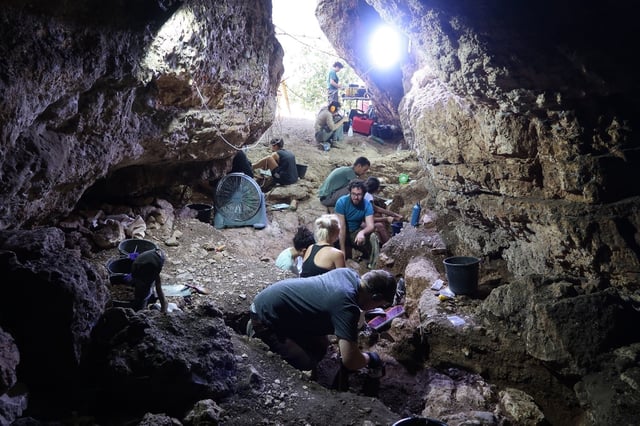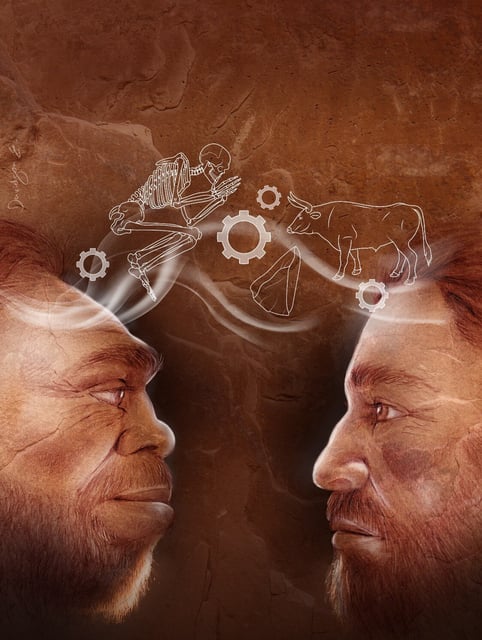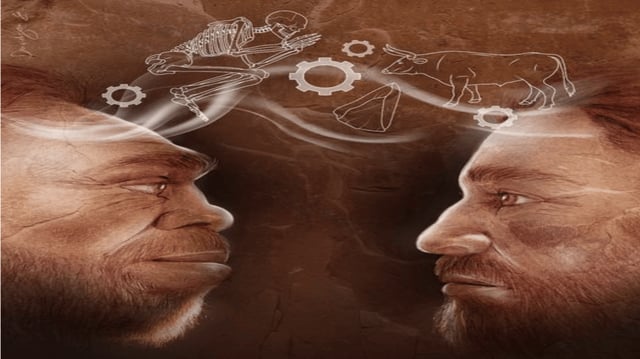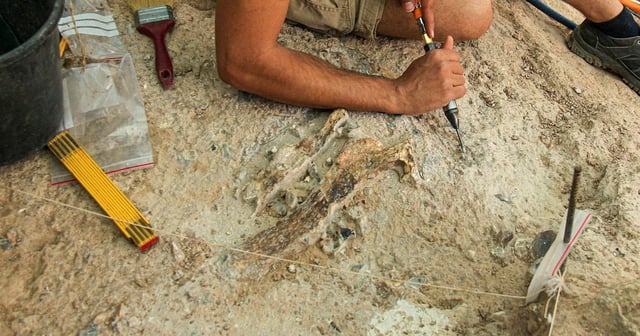Overview
- Tinshemet Cave in Israel has yielded the earliest known intentional human burials, dating back 97,000 to 106,000 years ago.
- Evidence suggests that Homo sapiens and Neanderthals in the Levant shared cultural practices, including toolmaking, hunting strategies, and burial customs.
- The consistent use of ochre, likely for symbolic purposes, and similar burial rituals point to a shared cultural identity across diverse human groups.
- Findings challenge traditional views of human evolution by highlighting the role of cultural exchange over biological differences in driving innovation.
- The Levant served as a key crossroads for human interaction, fostering social learning and the spread of technologies during the mid-Middle Paleolithic period.



